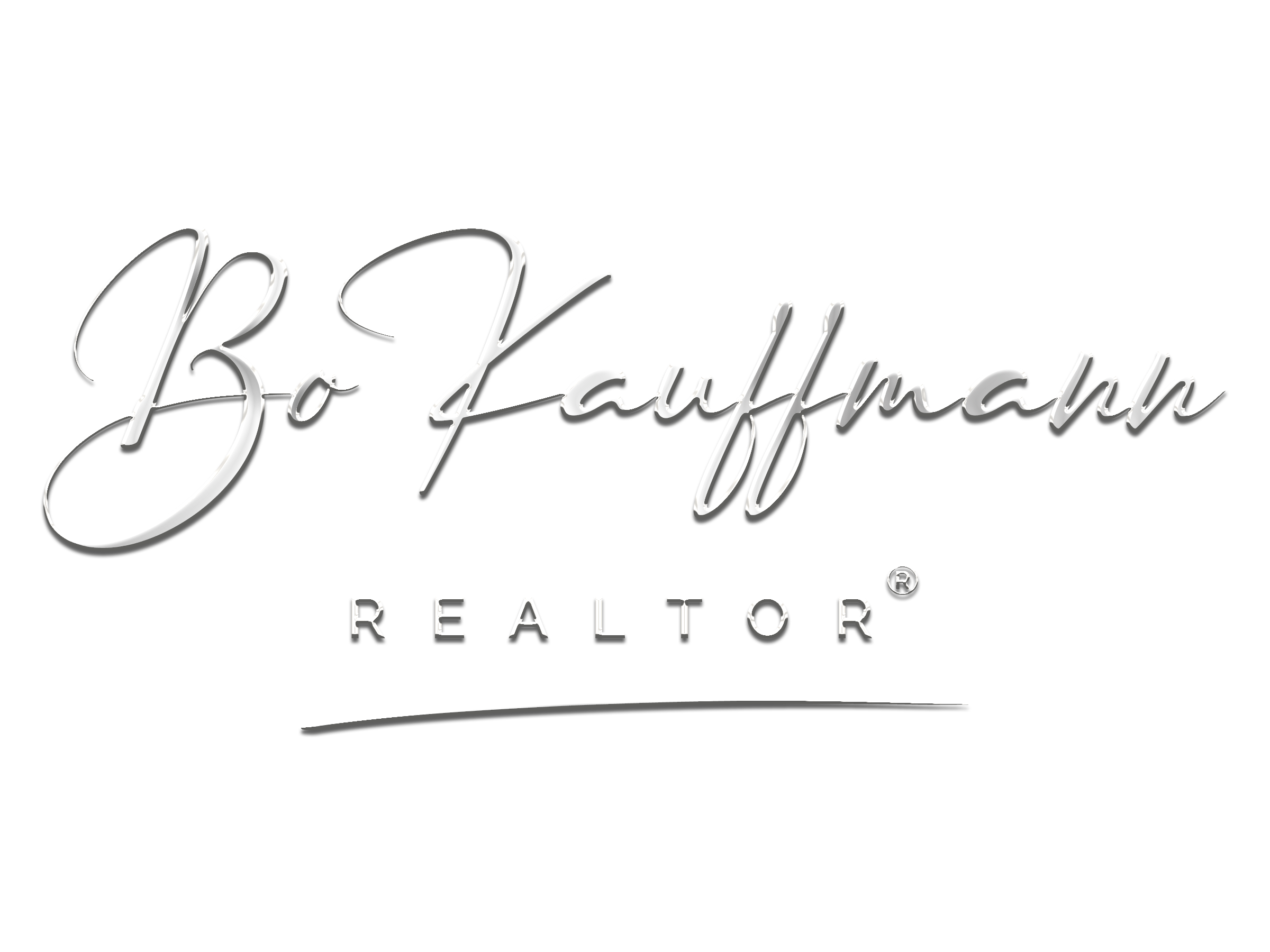
What Being a Homeowner Means for Your Emergency Fund
It’s no secret that becoming a homeowner changes your finances significantly. Instead of paying rent as a lump sum that covers most of your housing costs, you’ll now be on the hook for mortgage payments, not to mention maintenance tasks like repairs or upgrades. The trick to managing all these new costs is to have an emergency fund that might go towards something unexpected, like a major roof repair or a renovation you suddenly need to undertake. Here’s how to build and maintain an emergency fund.
Save 3 percent. A good rule of thumb is to have at least 3 percent of your property value set aside for unexpected home repairs and at least three months of mortgage payments set aside, should you become unemployed or without income for some other reason. You can also put aside smaller amounts monthly—for example, three percent of your monthly carrying costs—for smaller expenses. This will provide a minimum cushion for your finances.
Decide where to keep it. Your emergency fund will only help you if it remains just that—a fund for emergencies only. While this doesn’t mean you have to have it locked into an inaccessible account, you do have to be in the mindset of keeping it for real household emergencies, not just as a backup savings account. For Canadians, a great place to keep your emergency funds can be in a TFSA.
Make sure your budget includes everything. If you squirrel away a certain amount every month, make sure you budget for that in addition to your monthly carrying costs. As a new homeowner, you’ll now be paying mortgage payments, property taxes and possibly condo or strata fees. If you’re comfortable with it, consider having automatic transfers into your emergency fund every month.
